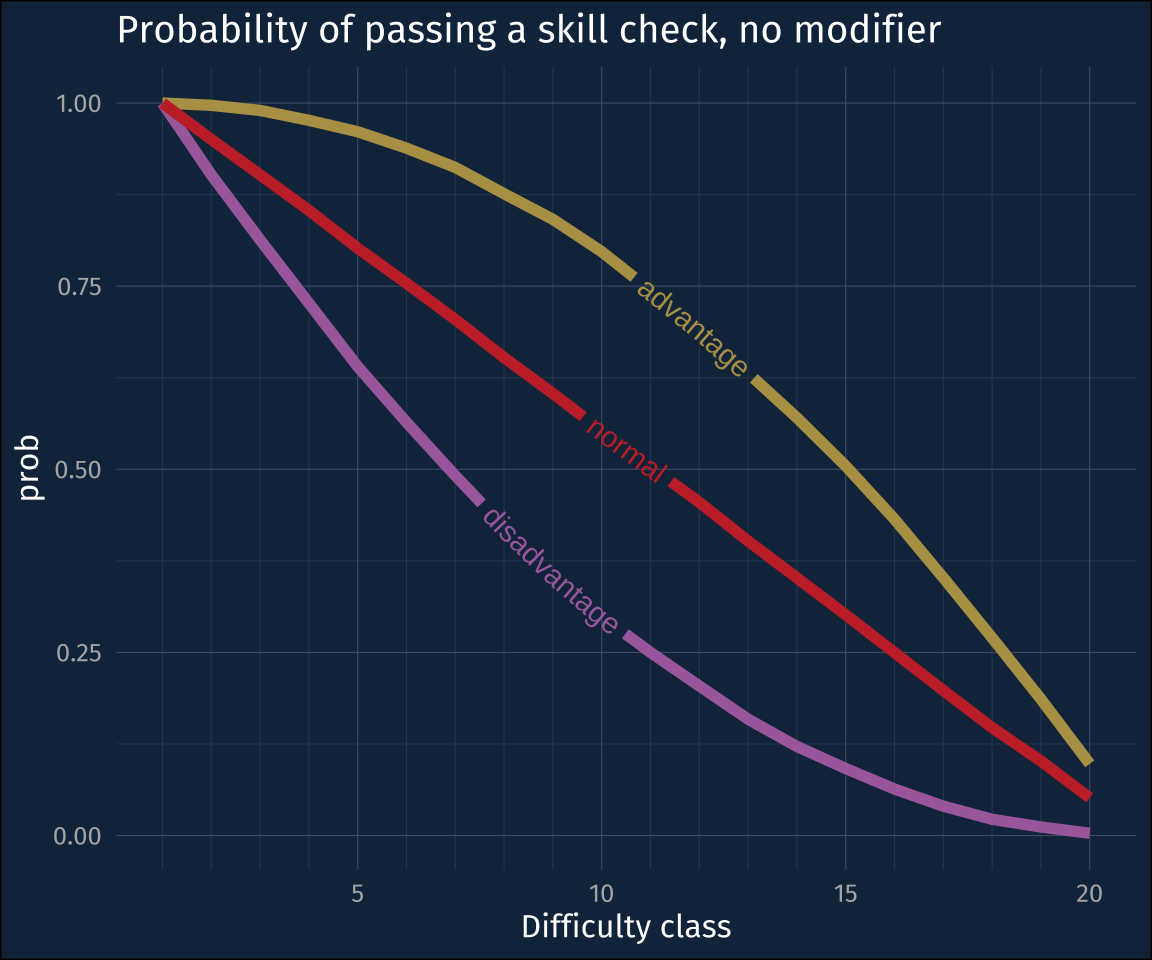
I’ve recently started playing Dungeons and Dragons, and have been really enjoying the campaign my sibling runs.

I’ve recently started playing Dungeons and Dragons, and have been really enjoying the campaign my sibling runs.

One of the new functions in dplyr v1.1.0 is dplyr::consecutive_id(), which strikes me as having a few good use cases for linguistic data. The one I’ll illustrate here is for processing transcriptions.
I’m a bit nervous about investing time into an interactive plotting framework after getting burned by Google Motion Charts. 1 But, plotly seems to work even offline, which I think means once I’ve installed it, it doesn’t depend on a service or code hosted by the plotly company. That makes me feel a little more confident. I’d like to build some animations in it, but that means learning how it works, so here I go!
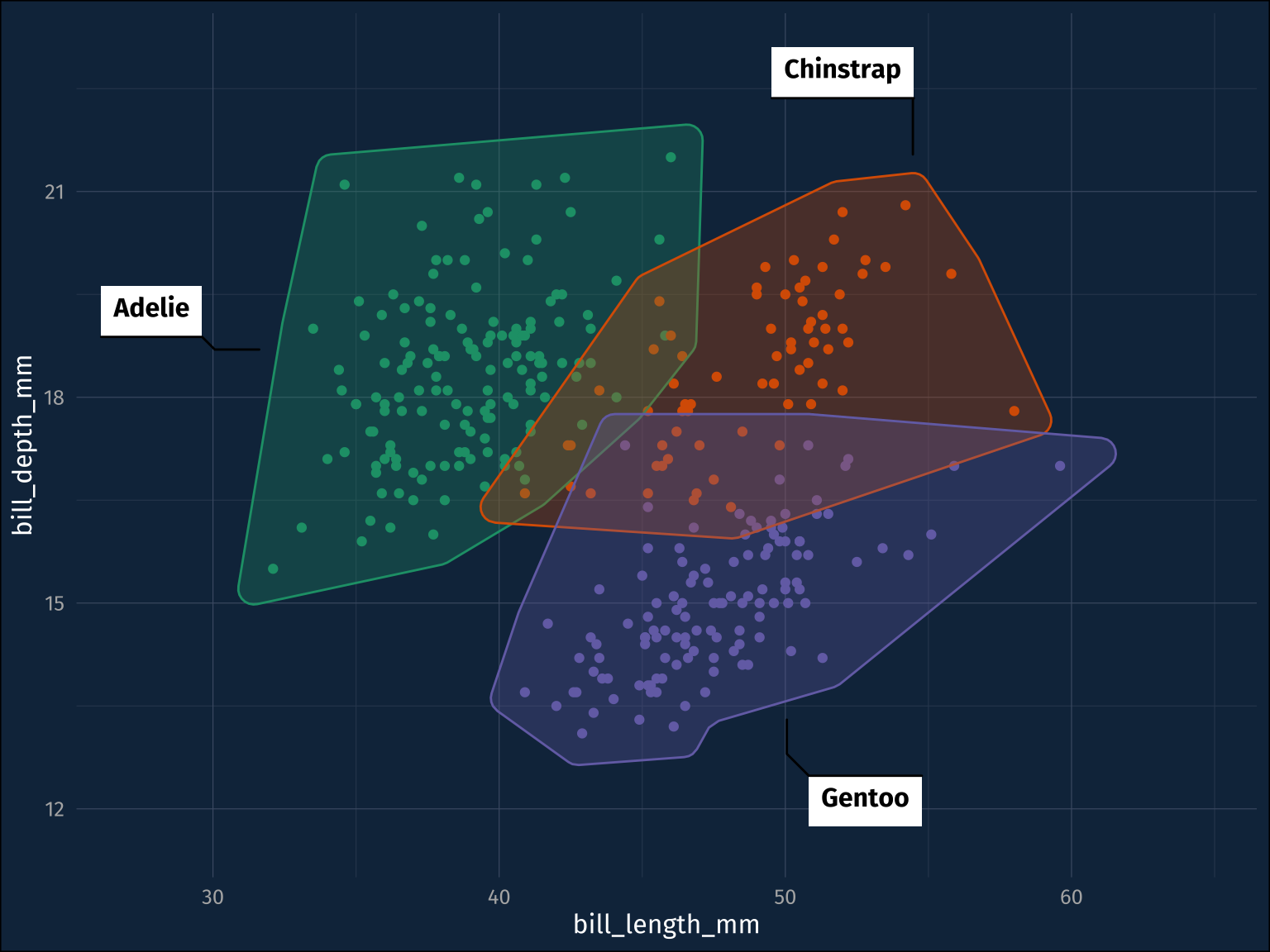
As I scroll through my feeds, I often come across a really cool looking package, or a new feature of a package, that I think looks really cool, and then I forget to go back to really kick the tires to see how it works. So I’ve decided to try to set up a workflow where I send the docs or pkgdown pages for the package to a Trello board, and then come back maybe once a month and experiment with them in a blog post.
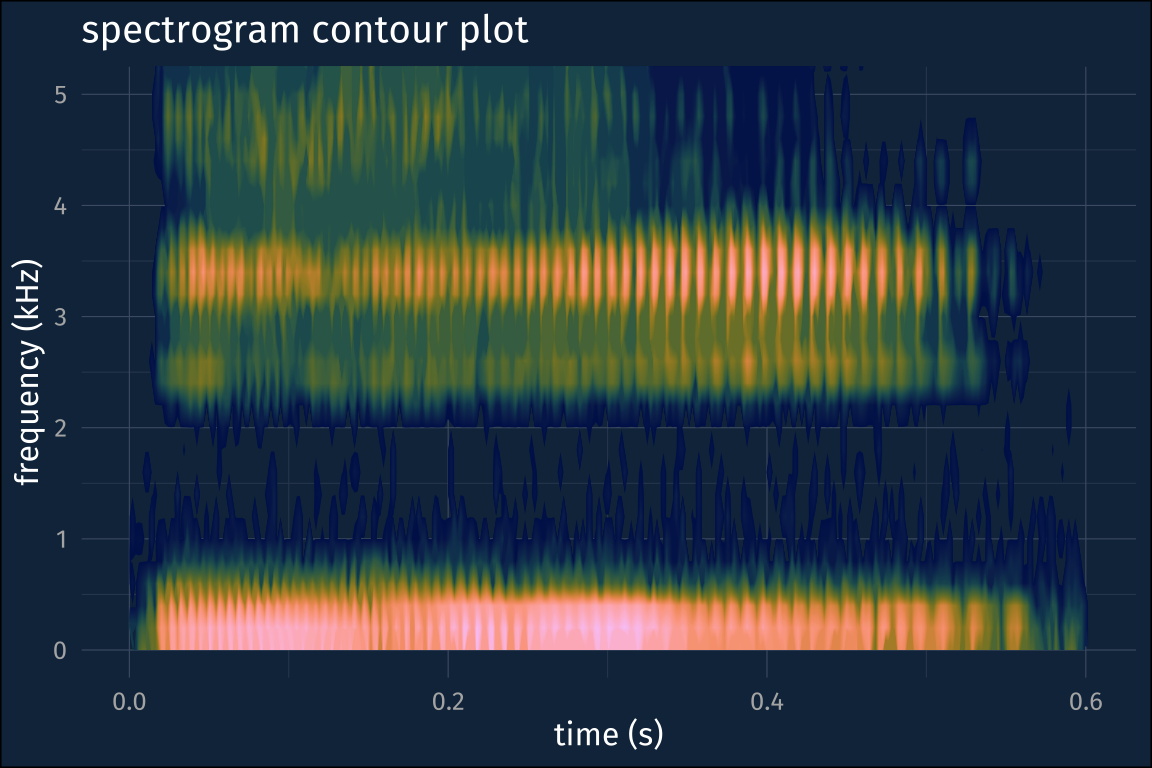
I might flesh this out as a more detailed tutorial for LingMethodsHub, but for now this is going to be a rough-around-the-edges post about making spectrograms in R. My goal will be to get as close as possible to recreating a spectrogram like you might get from Praat. Pre-processing.
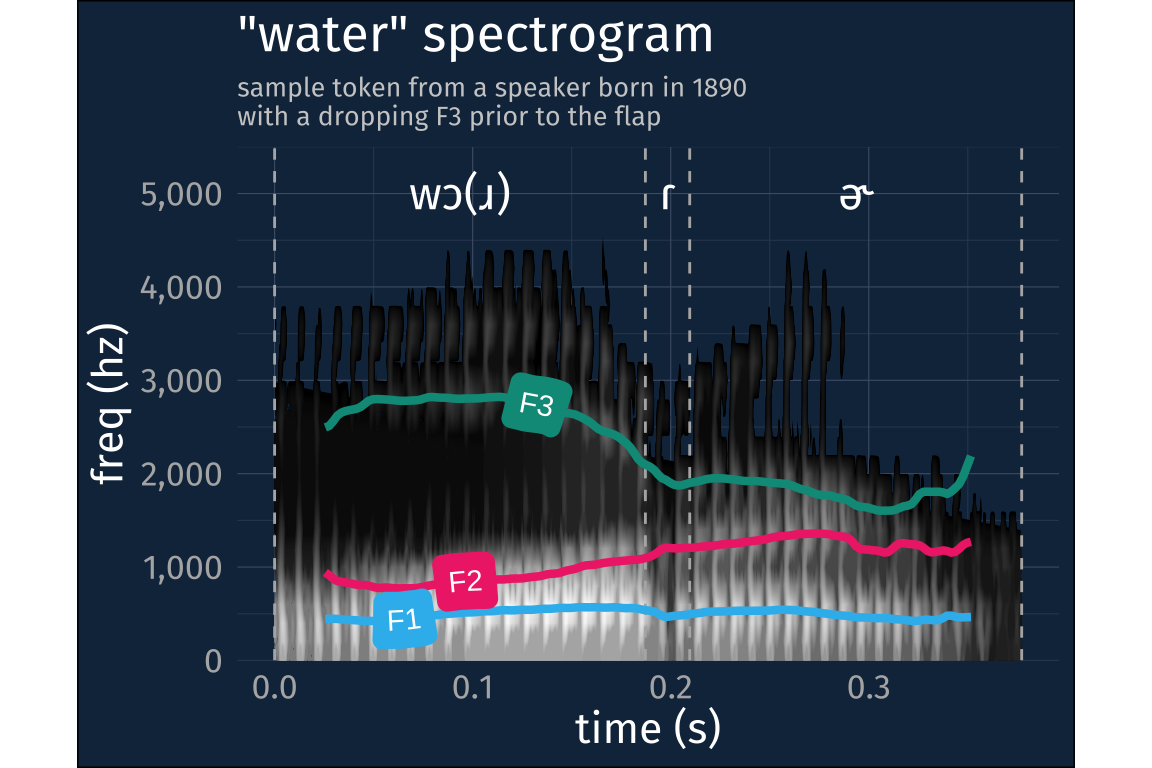
This is part 2 of my blog posts to accompany my ADS2023 Poster. Saying Wooder As I said in the previous post, people seem to be very aware now that pronouncing “water” as [wʊɾɚ] is a feature of Philadelphia English, but the surge in written recognition from 2000 onwards isn’t an accurate indicator of when people started pronouncing it that way.
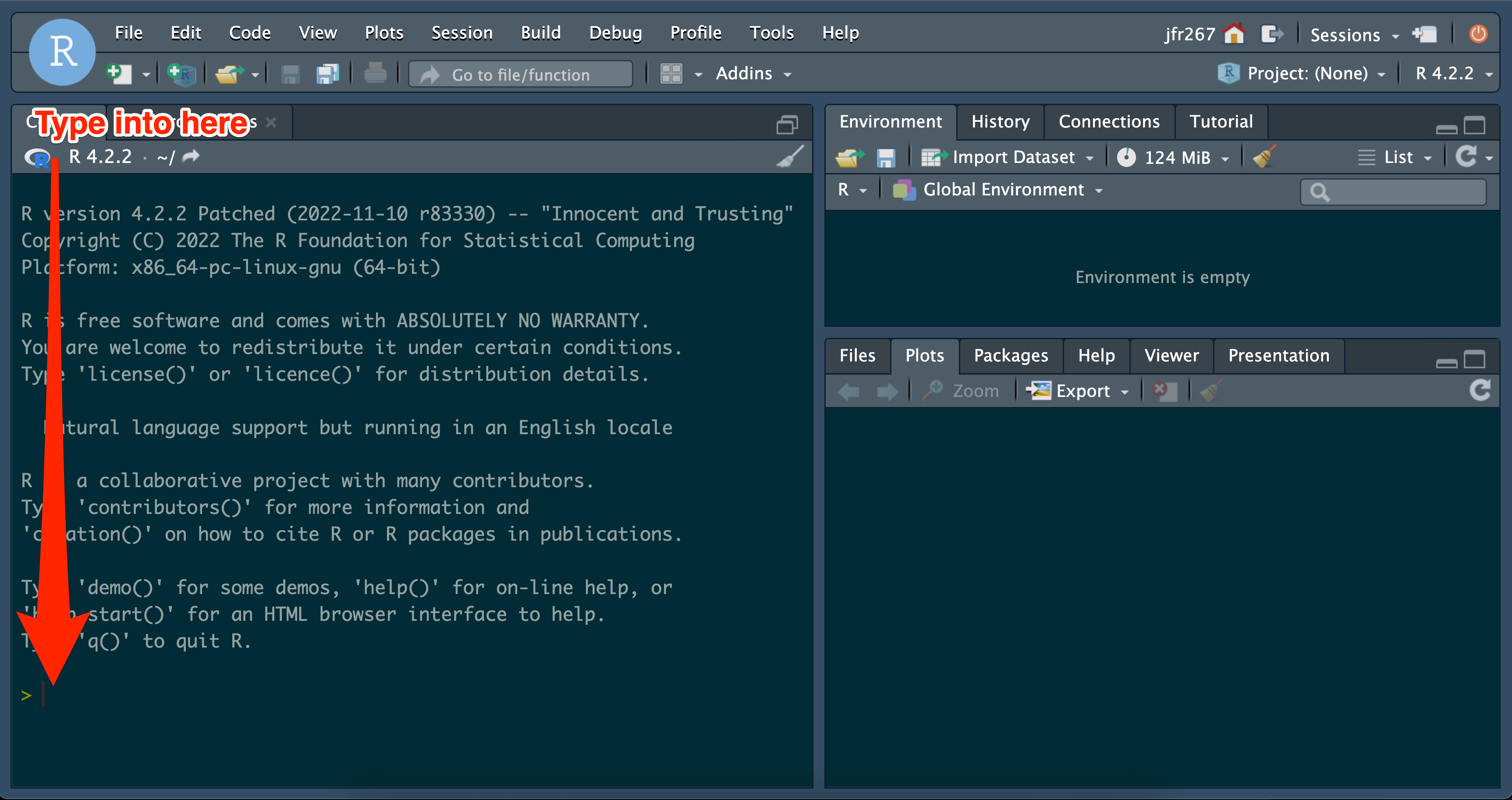
The target audience I’m writing this primarily for students I’ll be teaching in Spring 2023 who I want to use Git/Github with Posit Workbench. This tutorial is appropriate for: Anyone using RStudio/RStudio Server/Posit Workbench/Posit Cloud I will assume: Git is already installed and available. You have not already configured Git locally. You cannot access the terminal.
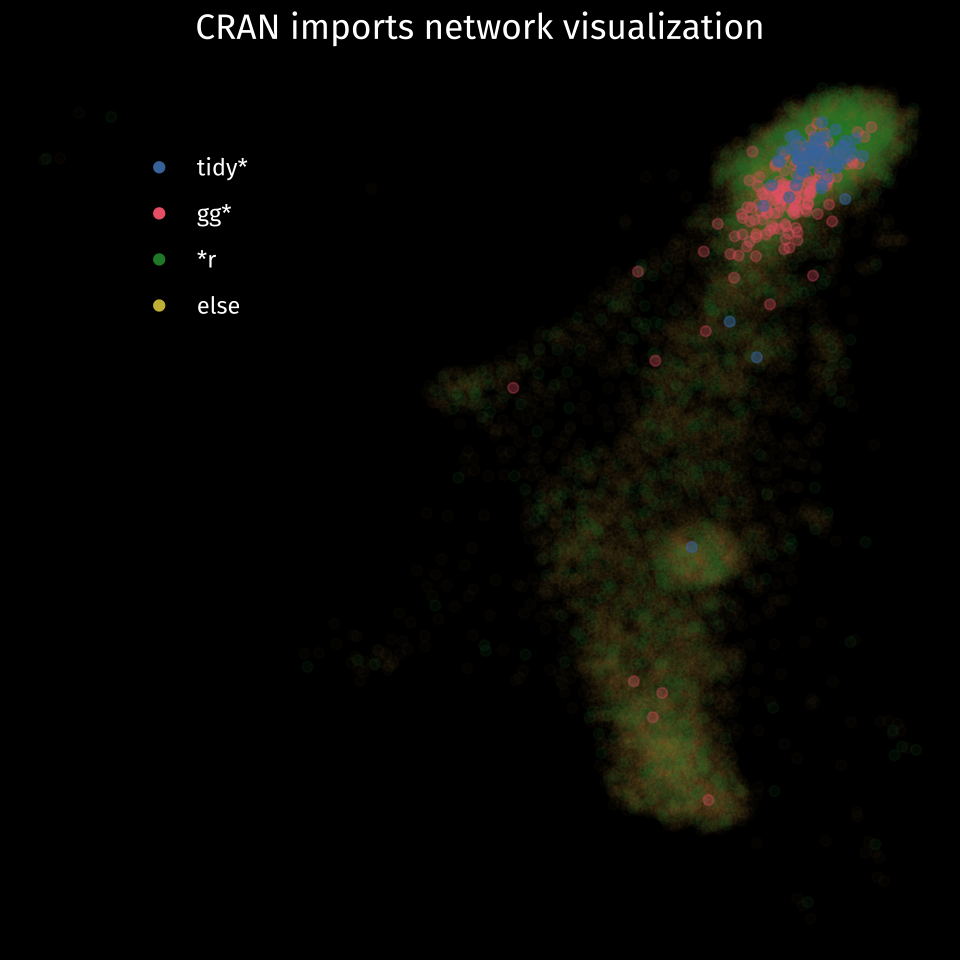
In the Spring 2023 semester, I’m going to be teaching two R intensive courses: a statistics for linguists course, and an R for the Arts and Sciences course. For both, I’m going to have to do a “What is R” discussion during week 1, and given the breadth of tools I hope students come away with, I’ve been rethinking my usual answers.
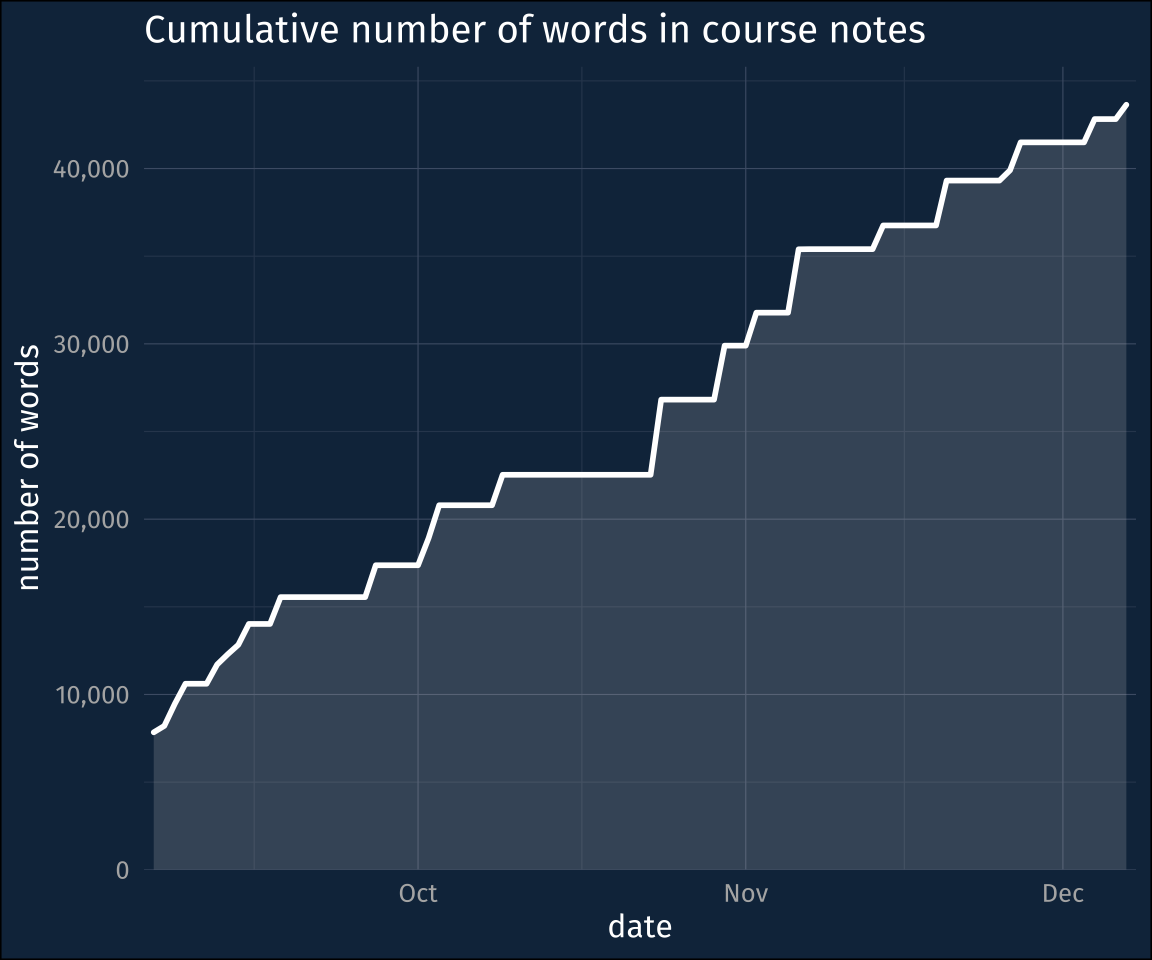
One of the courses I taught in the Fall 2022 semester was Natural Language Processing (NLP). It was a fun course to teach, and I learned a lot since it’s not a topic in my core areas of research. At the same time, the amount of work I put into it has made me really start to rethink how I prepare for teaching.